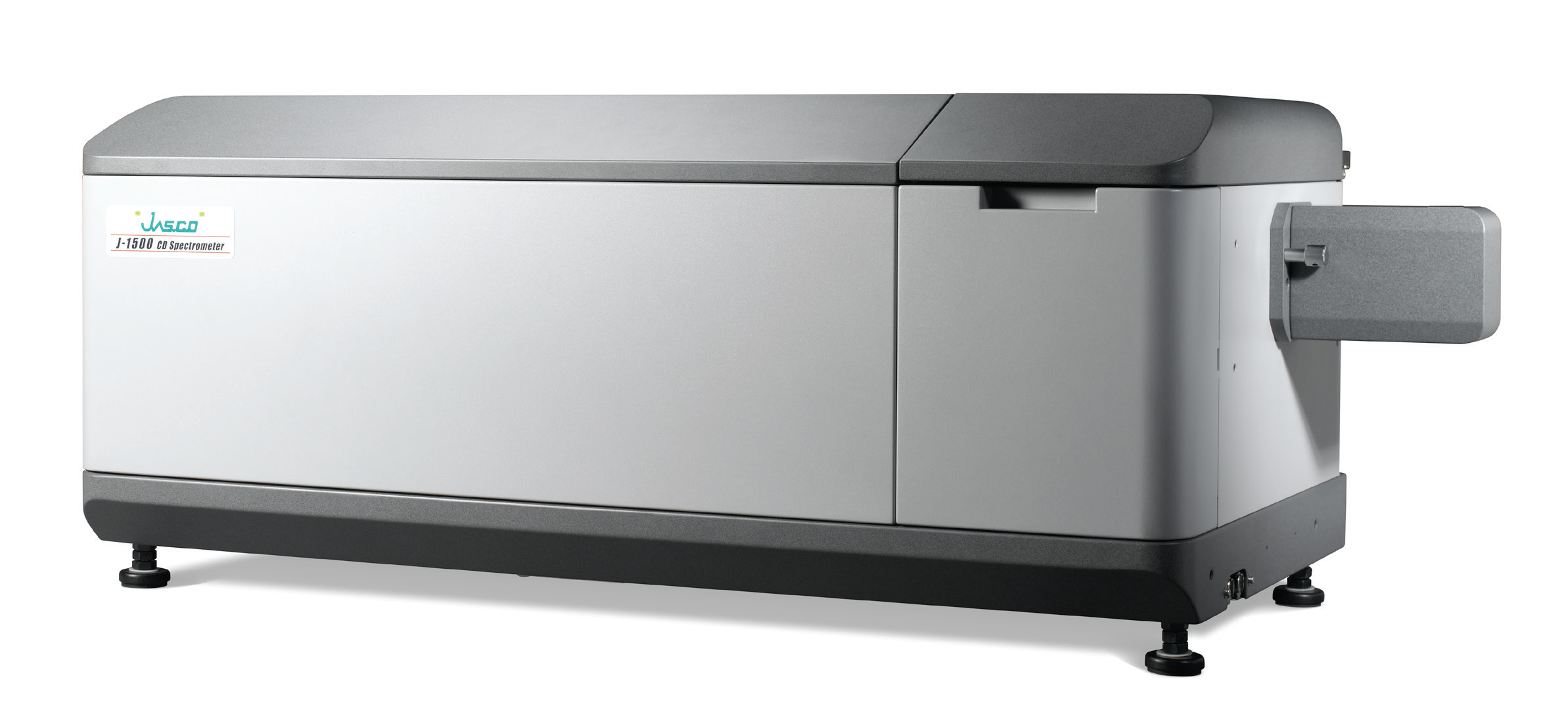Change in the fluorescence anisotropy spectrum by the denaturation of α-lactalbumin by guanadinium hydrochloride

CD spectroscopy is one of the leading techniques in protein structure analysis, with fluorescence spectroscopy and fluorescence anisotropy providing complementary information. While CD spectra provide information regarding the secondary structure of proteins, fluorescence and anisotropy spectra provide information about the local environment of fluorophores. In particular, fluorescence anisotropy offers insight about the rotational movement of these fluorophores which cannot be obtained by fluorescence spectroscopy alone.
The Jasco J-1500 CD spectrometer can be used to measure CD, absorption, excitation and emission, and fluorescence anisotropy. This variety of techniques not only allows for secondary structure estimation but also the analysis of protein-ligand binding and rotational movement in proteins.
This application note describes the changes in fluorescence anisotropy measurements of the denaturation of α-lactalbumin by guanadinium hydrochloride (GuHCl).
